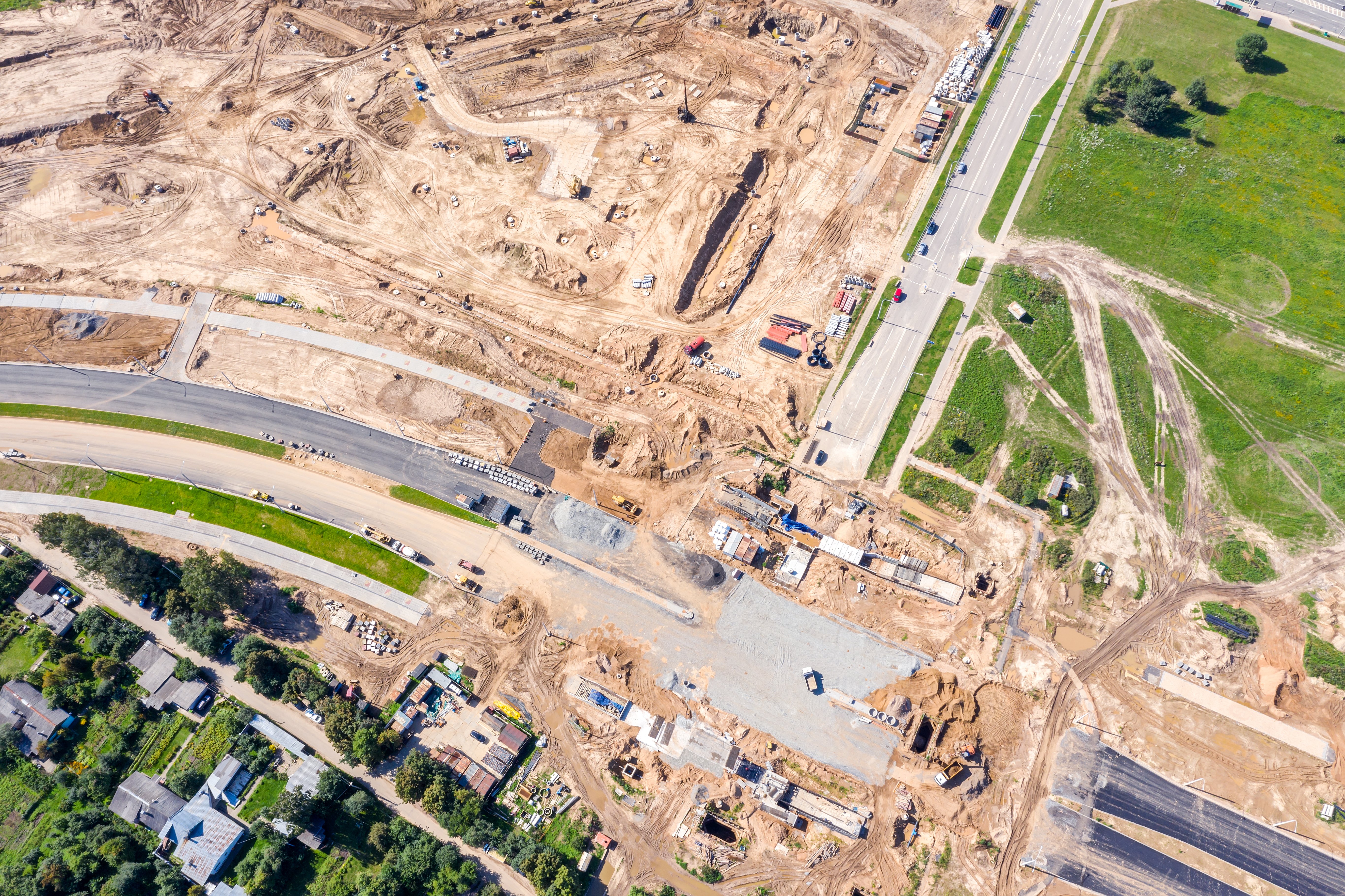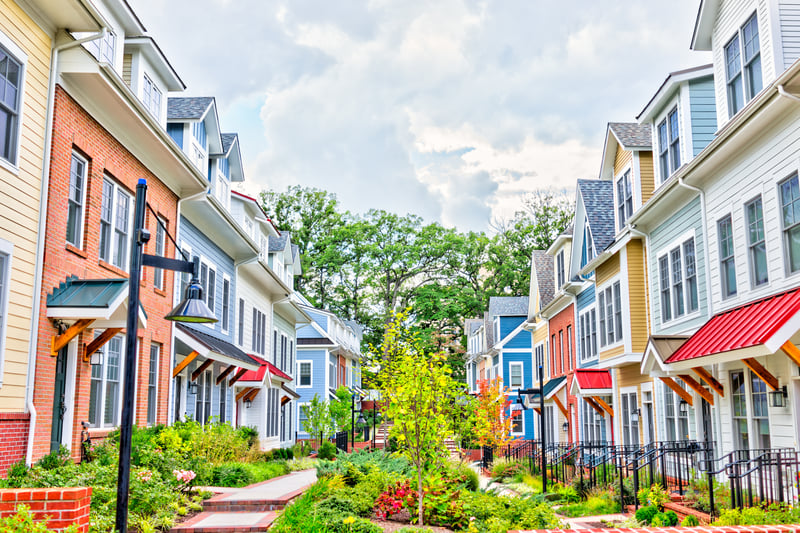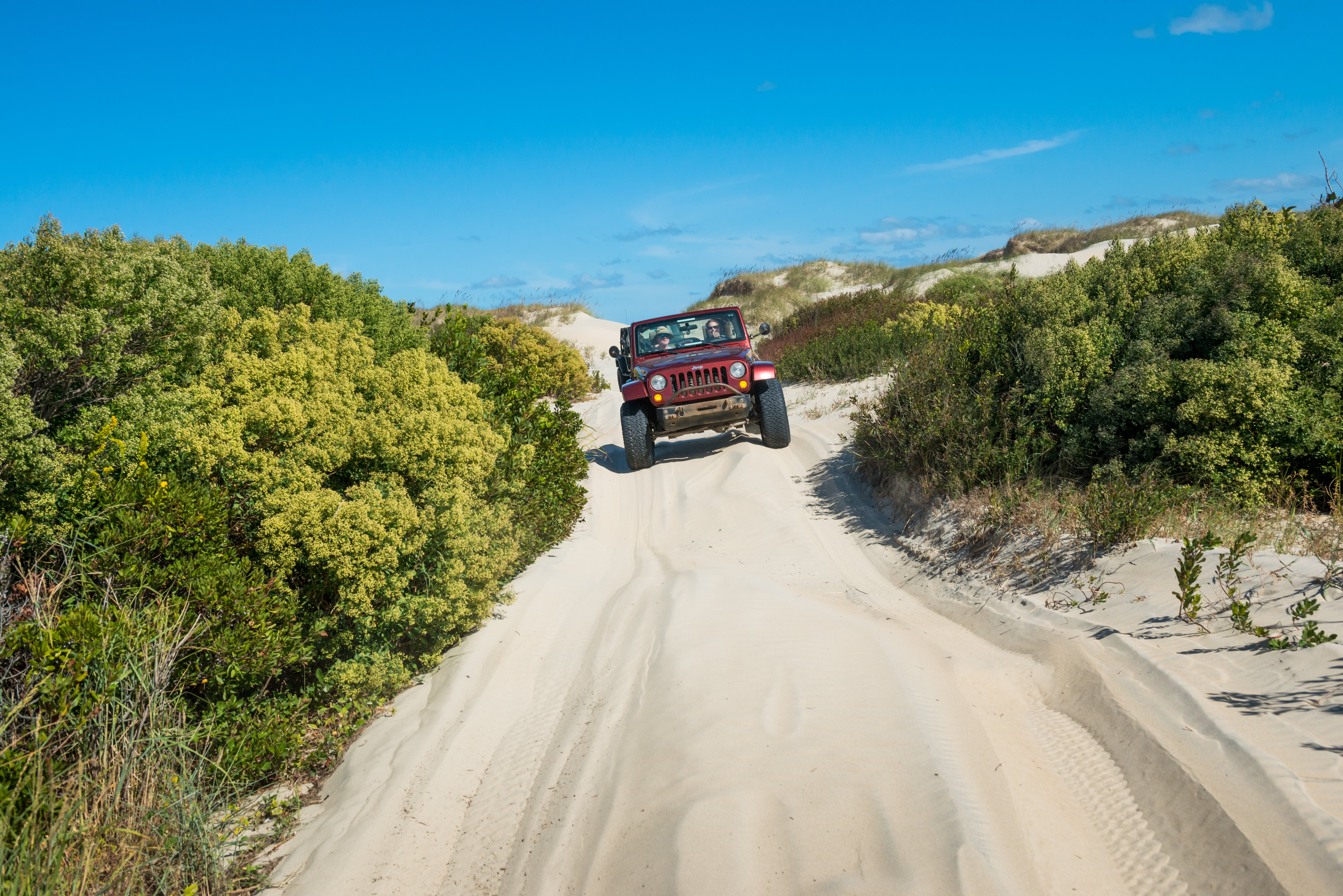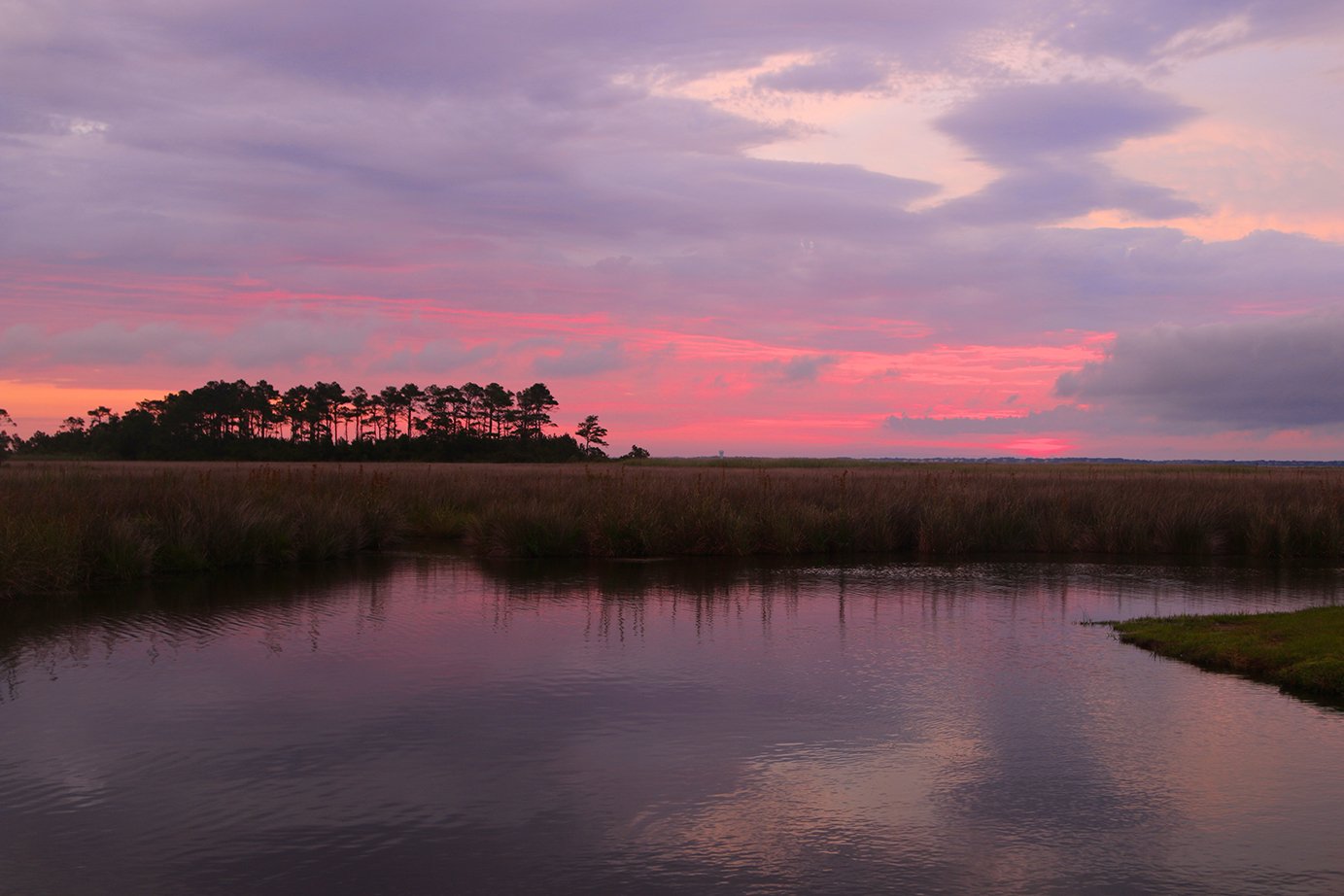

Not all growth is good.
I know that may sound like blasphemy coming from an economic developer, but it’s the truth.
Don’t believe me? Ask a master gardener to see their blue ribbon for growing weeds.
Spoiler alert: they won’t have any.
That’s because growth for growth’s sake doesn’t make sense. It’s dumb.
If you want to create development that works, thrives and stands the test of time, you need to get smart.
Smart growth principles help create communities that are socially, economically, and environmentally sustainable.
The good news is that you don't need to be a genius to get started. You can begin with three simple concepts. Make them your mantra and put them into practice.
Three big ideas is all it takes to help you reduce sprawl, lower infrastructure costs, boost revenue and increase quality of life.
We'll get to them in just a moment...
In the world of economic development, smart growth is a loaded term. Ironically, the concept of smart growth has become a many-headed monster. Today it sparks conversations and debates about big city renewal, environmental activism and public transportation reform.
But let's stick with the basics.
Because smart growth is NOT just for cities and does NOT revolve exclusively around protecting the environment. Smart growth is NOT just about bike lanes and bus routes.
Smart growth is about developing with plan and purpose.
The idea gained momentum around the end of the 20th century as a way of thinking to combat urban sprawl, disconnected neighborhoods and traffic congestion.
Designers embraced the idea of “New Urbanism” in the 1980s (walkable spaces, mixed-use development and abundant public spaces). The American Planning Association put out an extensive guidebook on smart growth in 1997. And the Environmental Protection Agency weighed in with their support of sustainable development.
You could spend days sifting through rules, resources and dozens of different programs, but let's keep it simple and focus on three of smart growth's big ideas and how implementing them can make a difference for economic development.

Mix it up. Smart growth depends on including a variety of land uses, housing options and job opportunities within a community. That means planning for apartments, townhouses and condos in addition to single-family neighborhoods. A balanced mix of business matters too. Make it a priority to diversify your area's industries and occupation types.
Diversity doesn't come easy. You need to develop a clear strategy. Start by promoting local innovation and entrepreneurship, and work with local residents and leaders to identify economic drivers with the highest potential for growth. For example, if you are an area that depends on tourism... how can you build up year-round industries that don't rely on visitors and warm, sunny days.
Choice. The more options you can offer, the more attractive your community will be. A more expansive housing portfolio will appeal to different generations. Gen Z will be looking for more rental housing to fit their budgets. Growing Millennial families will be searching for starter homes and great schools. And more retirees are looking to downsize, simplify and relocate closer to shopping, amenities and entertainment options.
Much like diversifying your investment portfolio, creating more options helps lower risk and builds a more robust community. It all goes back to the idea of not "putting all of your eggs in one basket."
Diverse economies are more stable and resilient.
An article by EMSI noted that "diverse economies had lower unemployment rates and recovered quicker than less diverse economies" and "a well-rounded, diverse community—featuring businesses with varying offerings, skills, and knowledge in a robust ecosystem—has a better shot at success."

Hold on to the thing that makes your location unique. Instead of sitting back and letting sprawl spread for miles, set some guidelines that will help preserve your local character and charm. Growth is no good if the end result is unrecognizable to the people who consider your county or city home. Think about what makes your place special and specific and make sure that always shines through.
As they say, the devil is in the details. Ask the community for feedback. Talk to locals and visitors to develop a deep understanding of what attracts people to your location.
For example: If your locality is lucky enough to be situated close to the the beach, it doesn't make sense to give the green light to a massive mall that looks like a modern art spaceship made of metal and glass. When the scent of saltwater is always in the air, it makes more sense to build neighborhoods and shopping centers inspired by coastal cottages and seashore towns. Lean in to whatever it is that sets you apart.
Character. Any place in America can have strip malls and big box stores. Don't try to blend in. Do you best to stand out and you'll see an even greater connection between citizens, visitors and businesses.
Boring is bad for business.
"No one wants to live in a place that’s just like every other place, and there’s no reason for anyone else to visit it, either," wrote Quint Studer in an article on StrongTowns.org. "When a community’s leaders keep their focus on creating a unique place that people want to be, the local economy tends to thrive."
RELATED: What Quality of Life (Really) Means
and How to Design It

French composer Claude Debussy said, “Music is the space between the notes."
The object of smart growth is not fill every square inch. People need room to breathe. At the very least, they need patches of green and a few unobstructed views of blue sky.
“Open space” is a wide-ranging term. In this case, we're talking about any natural areas that provide community space, plant and animal habitats, recreational areas, farm and ranch land, places of natural beauty and critical environmental areas.
Shut off the backhoes and the chainsaws.
Balance. The secret weapon here is planning, planning, planning. Make sure that any future development considers the "natural open space factor."
It turns out that natural, open spaces are more than just nice to look at. In addition to the benefits of using open space for traditional functions like farming, tourism or recreation, natural land can offer several financial perks.
It's especially important for rural communities to remember that people leave the cities for a reason. When it comes to real estate development, open space adds value. In an article from the Lincoln Institute of Land Policy, the authors explain that "proximity to preserved open space enhances property values" and "Enhancement value is important to the local property tax base because it offsets the effects of open space, which is usually tax-exempt or taxed at a low rate."
Nature can also perform "free" services to the community that might otherwise need to be funded by local tax dollar. Undeveloped spaces can provide vital processes such as ground water storage, climate moderation, flood control, storm damage prevention, and air and water pollution abatement.
The Lincoln Institute article also notes that it's "possible to assign a monetary value to such benefits by calculating the cost of the damages that would result if the benefits were not provided, or if public expenditures were required to build infrastructure to replace the functions of the natural systems."
There are people who like to make things much more complicated than they need to be.
At its core, smart growth is about thinking ahead. It's about building with the future in mind.
If you want to grow a more socially, economically, and environmentally sustainable community... stick to the basics:
And remember, nobody ever took home a trophy for sitting back and letting the weeds run wild.
These Stories on North Carolina
No Comments Yet
Let us know what you think